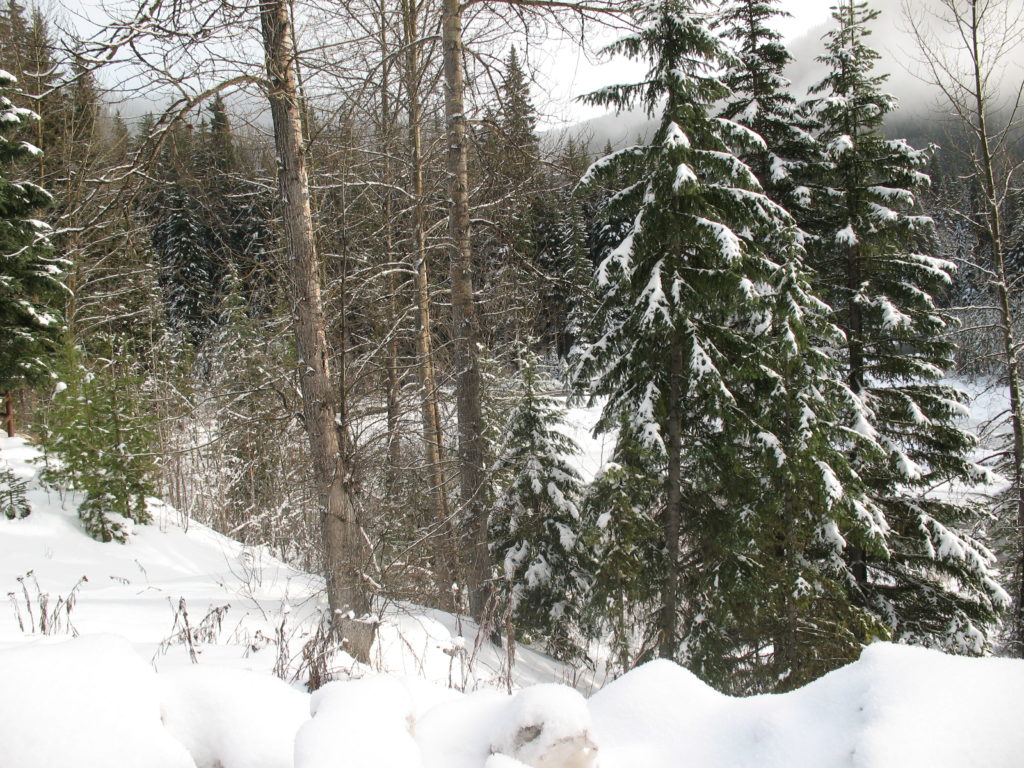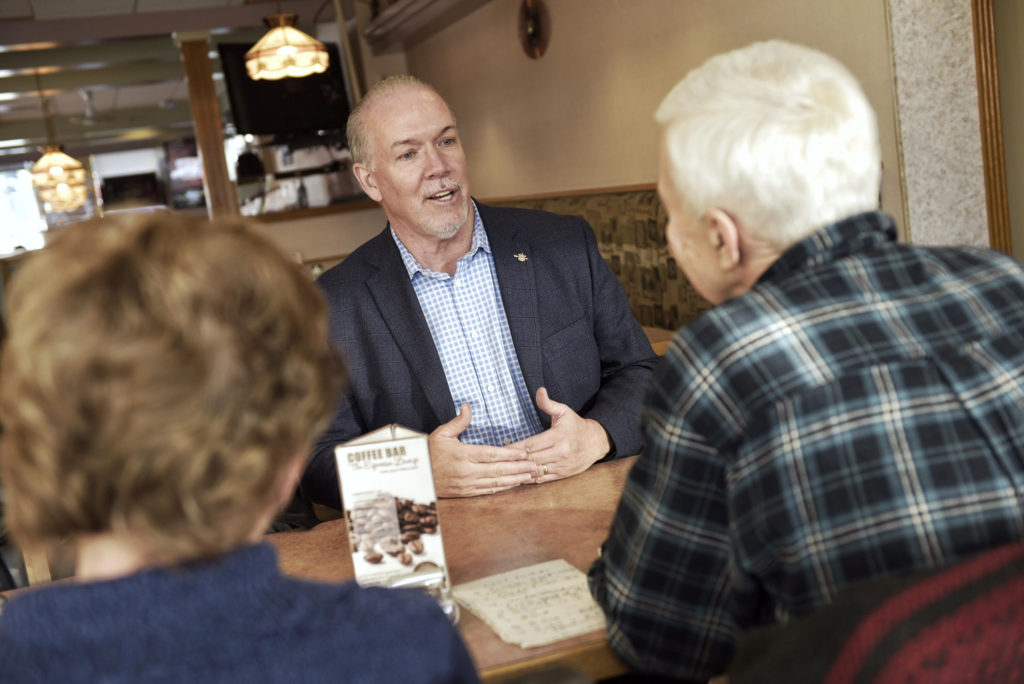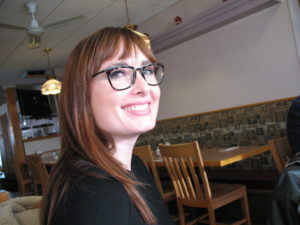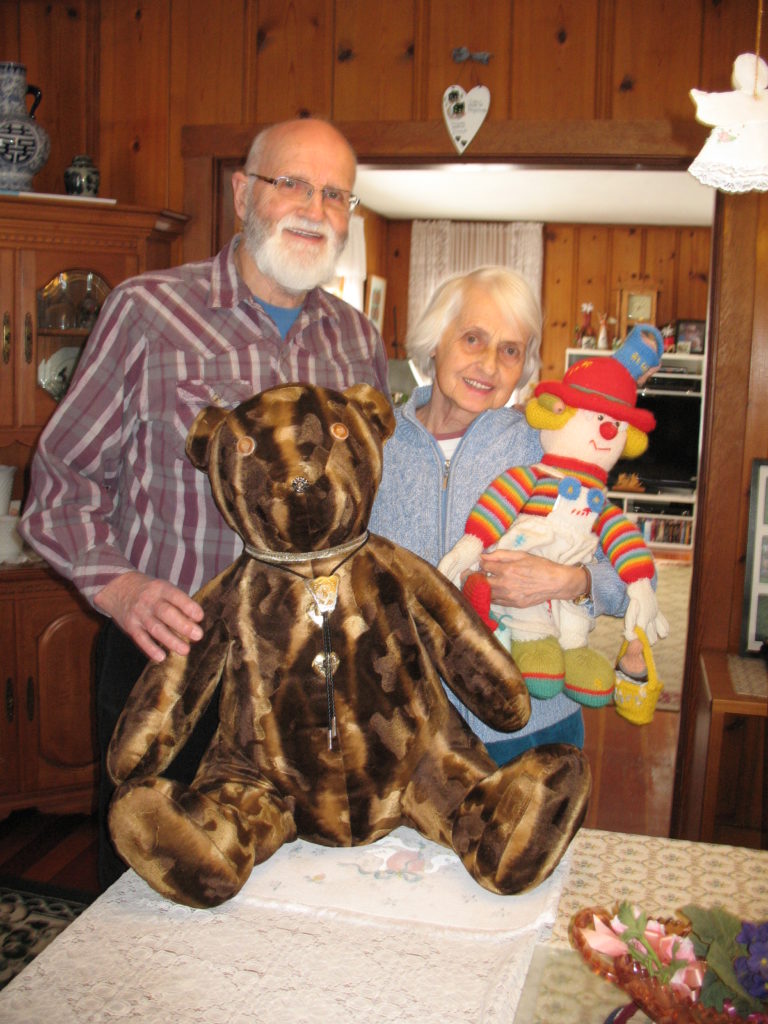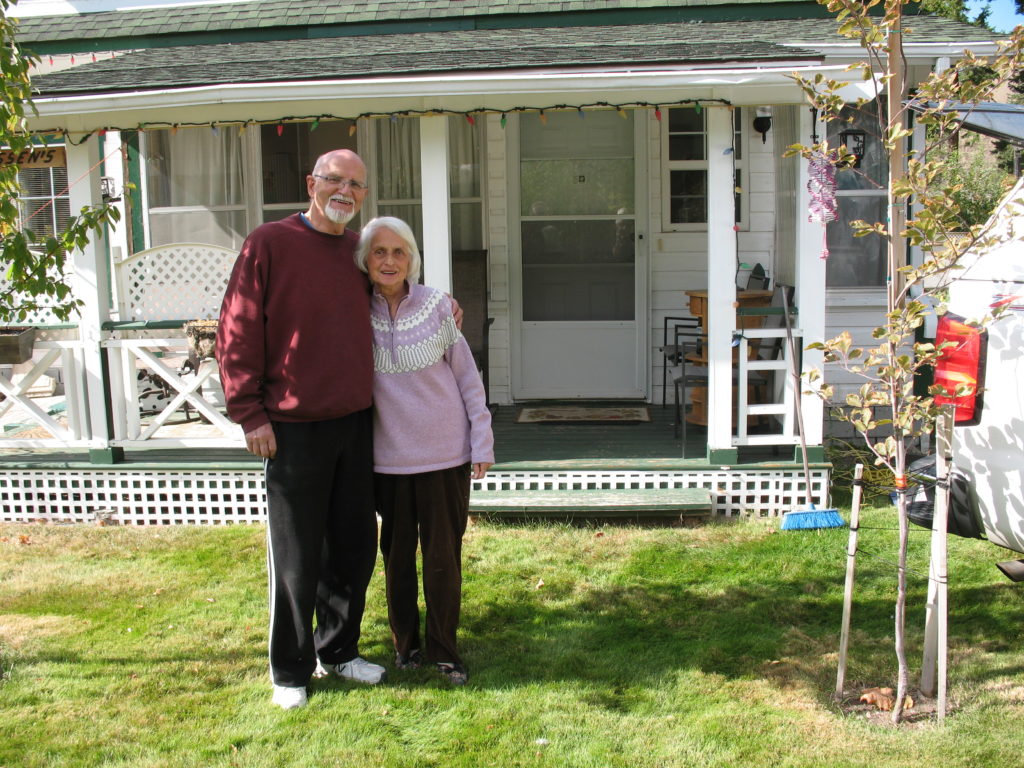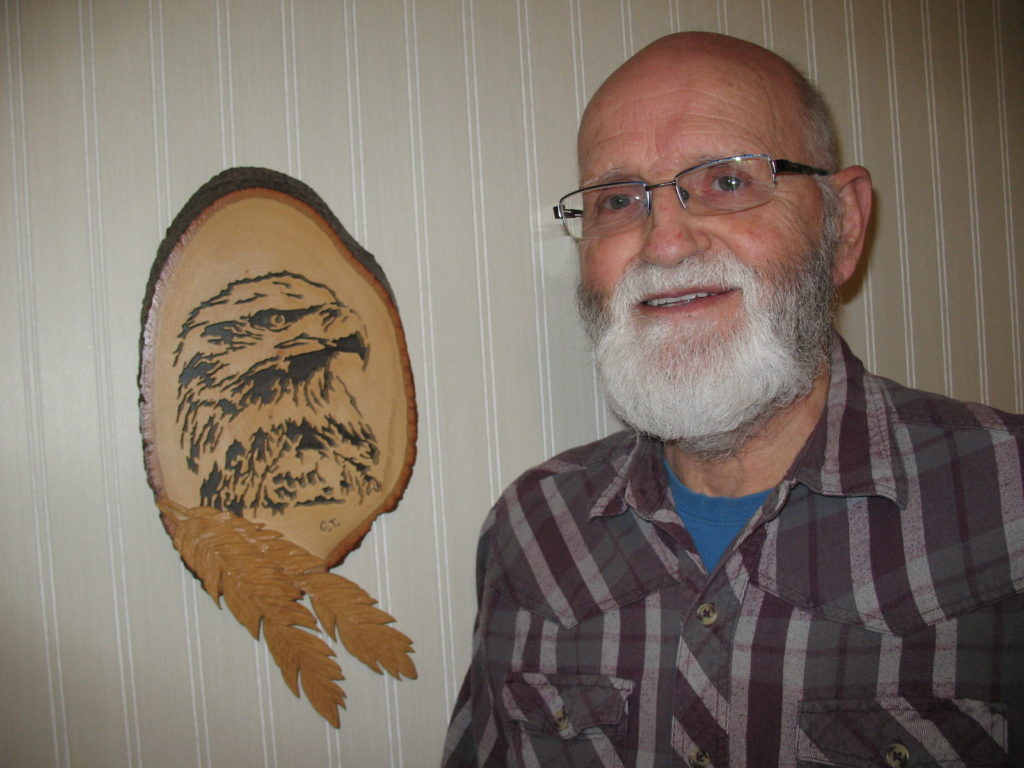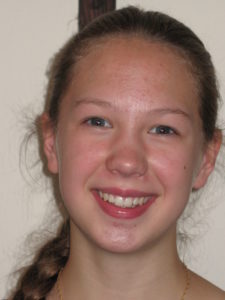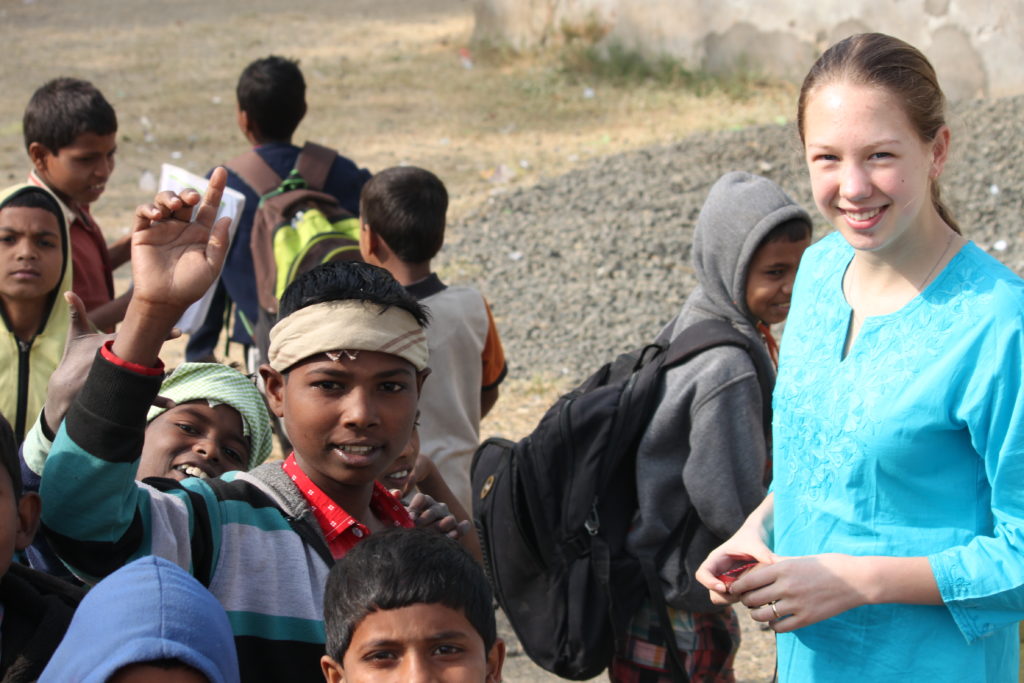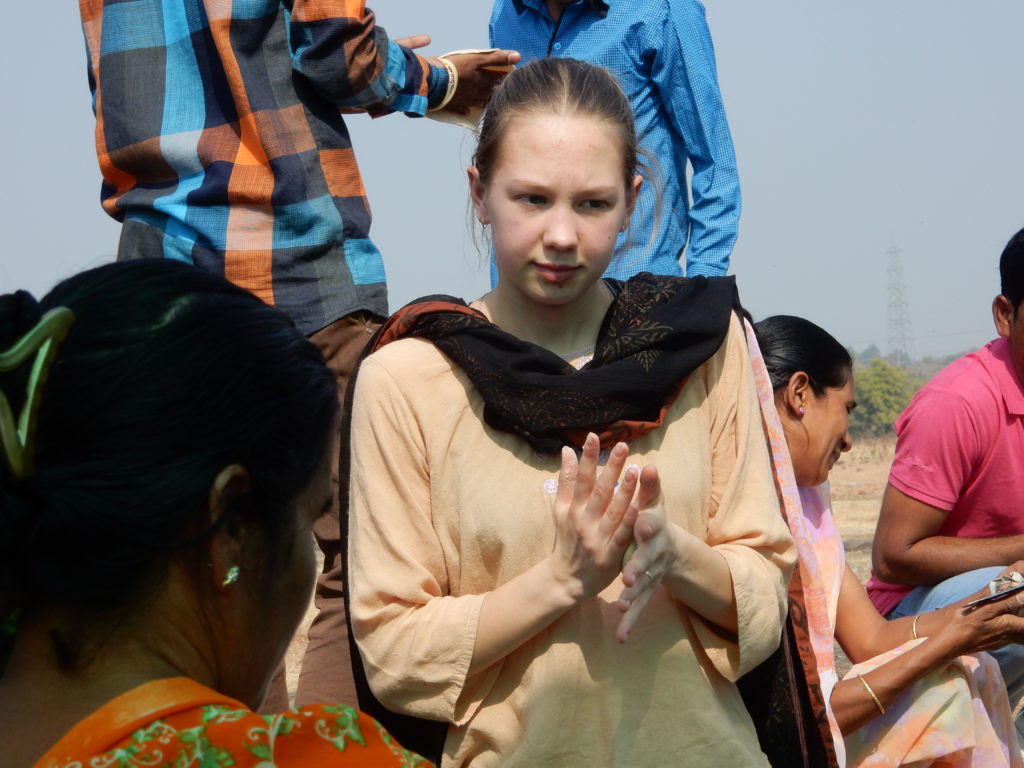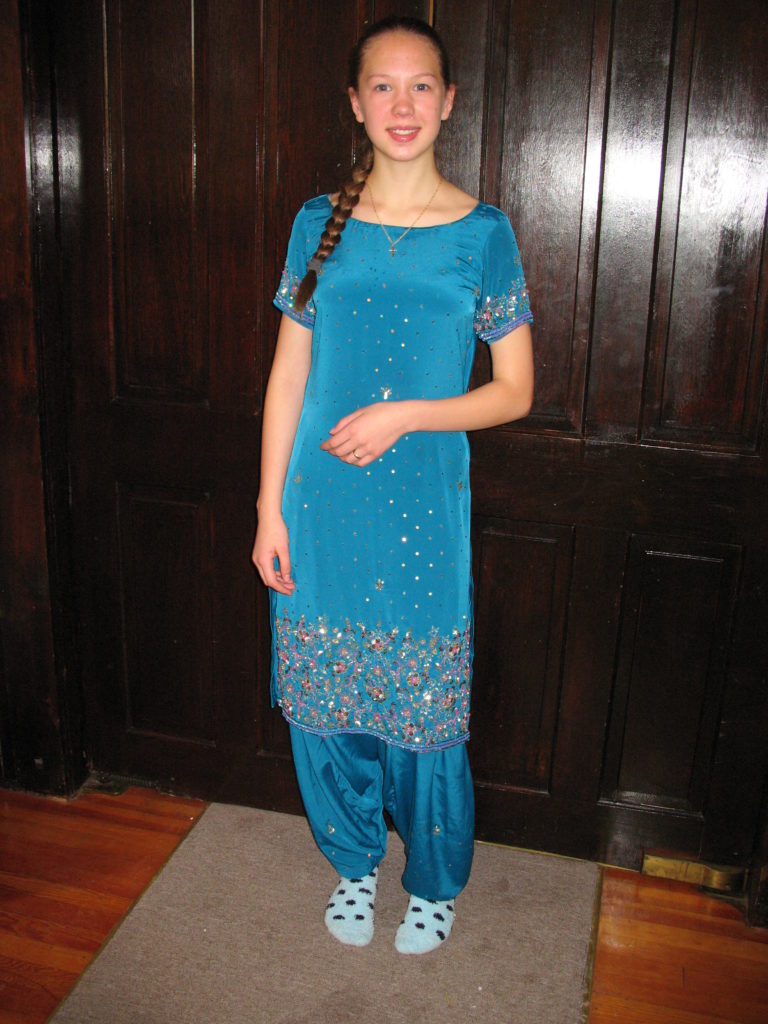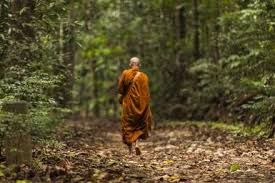
Autumn had set in and brown leaves were falling freely from the trees when Anna told me about a Buddhist monk living in a cave somewhere in Windy Canyon. I had not heard of him previously and wondered if she was an imaginative storyteller. She was young and had recently come to Camp Colonial in Hedley to work as a cook.
“I hiked along 20 Mile Creek yesterday and came upon his cave quite by accident,” she said. “He doesn’t come into town, and he doesn’t want visitors.”
This was the early 1980’s. Our organization, the One Way Adventure Foundation, had recently been awarded a contract by the Corrections Branch to work with 12 young offenders. Many of these youths had not had the benefit of constructive modeling in their homes. They had learned to function by lying, cheating, deceiving, stealing, being aggressive, avoiding responsibility and much more. Most had lived in foster and group homes. Whenever possible, I took the 4 most difficult ones, Phillip, Curt, Bert and Harry away from the camp so they couldn’t influence, intimidate or incite the others.
I was constantly alert for activities that might shift the thinking of these youths away from the street culture with which they were familiar. If this monk living in a cave was indeed real, it might be an opportunity to expose the boys to a radically different set of values and lifestyle.
Already the mercury was dipping to zero at night. For several weeks the mountains surrounding our little community had been bedecked by a mantel of white. On the third day of November, a skiff of snow covered the ground and we began seeing smoke rising from chimneys.
By December 22nd the ice was thick enough to walk on, and I asked Anna to pack 5 lunches for the following morning. She suspected my intentions and again said, “he asked me to tell people he doesn’t want visitors.” I thanked her for the reminder.
A fine, wind blown snow was falling when I instructed the 4 boys to dress warmly because we’d be out all day, searching for a mysterious monk who supposedly lived in a cave. After breakfast we leaned into the snow and wind, walking determinedly along 20 Mile Creek.
Initially we followed the former mining road. When it turned up the mountainside, we were well into Windy Canyon, a deep mountainous gorge with space only for the creek and a narrow footpath. At the first crossing of the creek, we found a log with short boards nailed insecurely to it. After that the crossings were mostly on ice, water gurgling beneath us.
There were no complaints from the boys as we slogged laboriously in the deepening snow. After about 3 hours, Bert glanced up. “Look!” he exclaimed excitedly, “is that it?” We clambered up a steep bank, having difficulty maintaining our footing.
A short wooden wall covered the front of the cave. There was a door of rough boards and a small window. The monk had heard our laboured grunting and opened the door. His bespectacled face revealed no displeasure at our unanticipated appearance. He beckoned us to enter.
I looked around and concluded this man lived in unimaginably sparse circumstances. A small wood stove with a pipe exiting through the wooden wall provided some heat. A large chair and a mantel stood against the rock wall to our right.
“Would you like coffee?” he asked, as though he had anticipated our arrival. His voice suggested a quality education and upbringing. The boys nodded and I said “we’d appreciate that. Please forgive us for showing up without prior notice.” He smiled at this, then filled a tin can with water and deftly ground coffee beans with a manual grinder.
“Why are you living in this cave?” I asked.
“I’m seeking enlightenment,” he replied. “Much of my day is taken up with doing prostrations.”
We talked for about 15 minutes, drinking his delicious, black coffee. The boys listened respectfully.
During our conversation Bert asked where he slept. The monk pointed to the large chair and said, “that’s where I sleep.”
Through the wooden wall we could hear the wind growing stronger. It was time to leave. Before walking out, each of the boys said “thanks for the coffee” and shook the monk’s hand. They seemed to sense they had experienced a bit of Similkameen history.

